Song Guo Guiyi Wei Yang Xiang Xiaodong Lin - Testbeds and Research Infrastructures for the Development of Networks and Communities
Here you can read online Song Guo Guiyi Wei Yang Xiang Xiaodong Lin - Testbeds and Research Infrastructures for the Development of Networks and Communities full text of the book (entire story) in english for free. Download pdf and epub, get meaning, cover and reviews about this ebook. City: Cham, year: 2017, publisher: Springer International Publishing, genre: Home and family. Description of the work, (preface) as well as reviews are available. Best literature library LitArk.com created for fans of good reading and offers a wide selection of genres:
Romance novel
Science fiction
Adventure
Detective
Science
History
Home and family
Prose
Art
Politics
Computer
Non-fiction
Religion
Business
Children
Humor
Choose a favorite category and find really read worthwhile books. Enjoy immersion in the world of imagination, feel the emotions of the characters or learn something new for yourself, make an fascinating discovery.
- Book:Testbeds and Research Infrastructures for the Development of Networks and Communities
- Author:
- Publisher:Springer International Publishing
- Genre:
- Year:2017
- City:Cham
- Rating:3 / 5
- Favourites:Add to favourites
- Your mark:
Testbeds and Research Infrastructures for the Development of Networks and Communities: summary, description and annotation
We offer to read an annotation, description, summary or preface (depends on what the author of the book "Testbeds and Research Infrastructures for the Development of Networks and Communities" wrote himself). If you haven't found the necessary information about the book — write in the comments, we will try to find it.
Song Guo Guiyi Wei Yang Xiang Xiaodong Lin: author's other books
Who wrote Testbeds and Research Infrastructures for the Development of Networks and Communities? Find out the surname, the name of the author of the book and a list of all author's works by series.

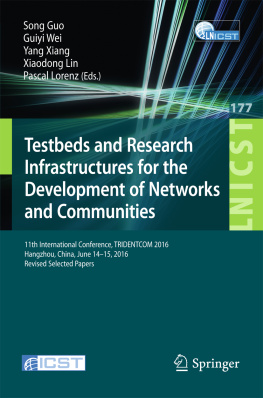
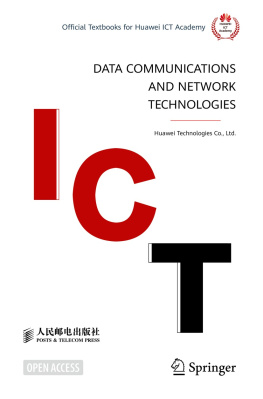
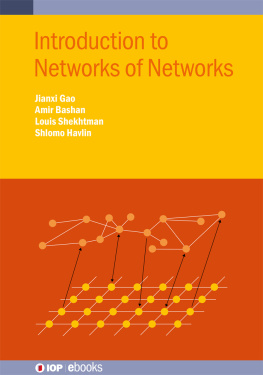
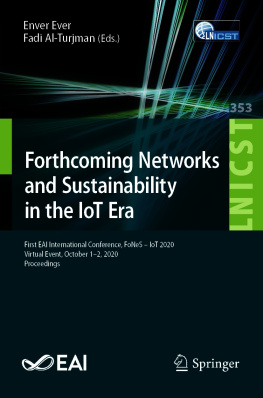
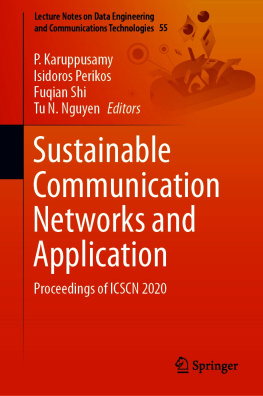
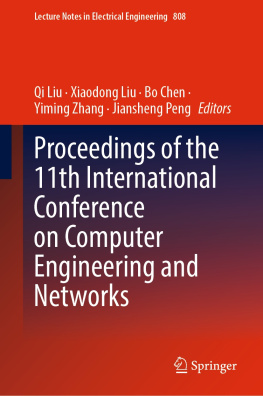
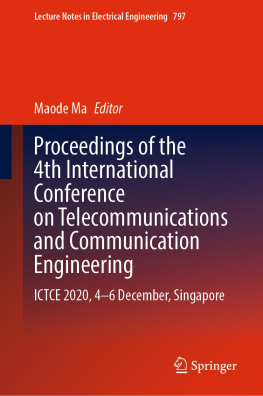
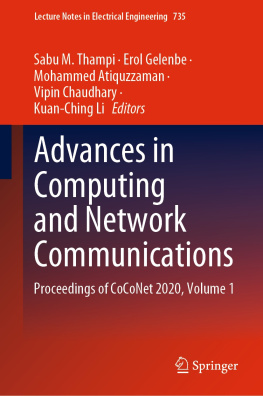
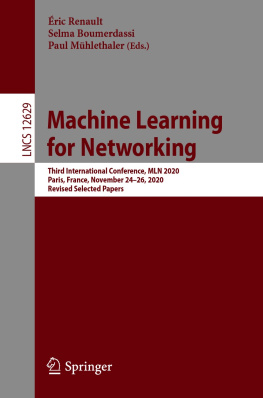
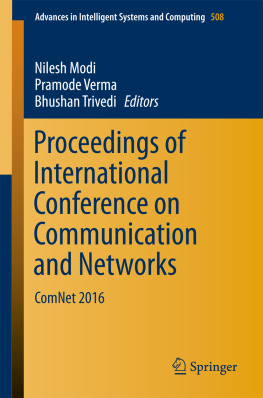



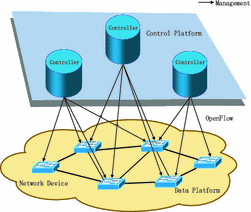
 . Here, the resource is a generic concept and can be referred to memory, bandwidth, CPU, etc., or the composite of various resource types, which depends on users applications. We assume that the life cycle of a VN is
. Here, the resource is a generic concept and can be referred to memory, bandwidth, CPU, etc., or the composite of various resource types, which depends on users applications. We assume that the life cycle of a VN is  , the amount of resources in a network device is
, the amount of resources in a network device is  , the average time between two adjacent request of deploying a VN is
, the average time between two adjacent request of deploying a VN is  , the VN deployment requests arrive according to a Poisson process. When
, the VN deployment requests arrive according to a Poisson process. When  the amount of resources in a network device is adequate to deploy VN. When
the amount of resources in a network device is adequate to deploy VN. When  , the amount of resources in a network device is insufficient to deploy VN. The later will cause that the network device is not able to participate in the deployment of VNs, and refuses requests from controllers, which wastes communication and management overheads (including receiving, handling, and replying the request, maintaining the communication state) in both controllers and network devices. Meanwhile, the success ratio of VN deployment is low since more requests are refused.
, the amount of resources in a network device is insufficient to deploy VN. The later will cause that the network device is not able to participate in the deployment of VNs, and refuses requests from controllers, which wastes communication and management overheads (including receiving, handling, and replying the request, maintaining the communication state) in both controllers and network devices. Meanwhile, the success ratio of VN deployment is low since more requests are refused.